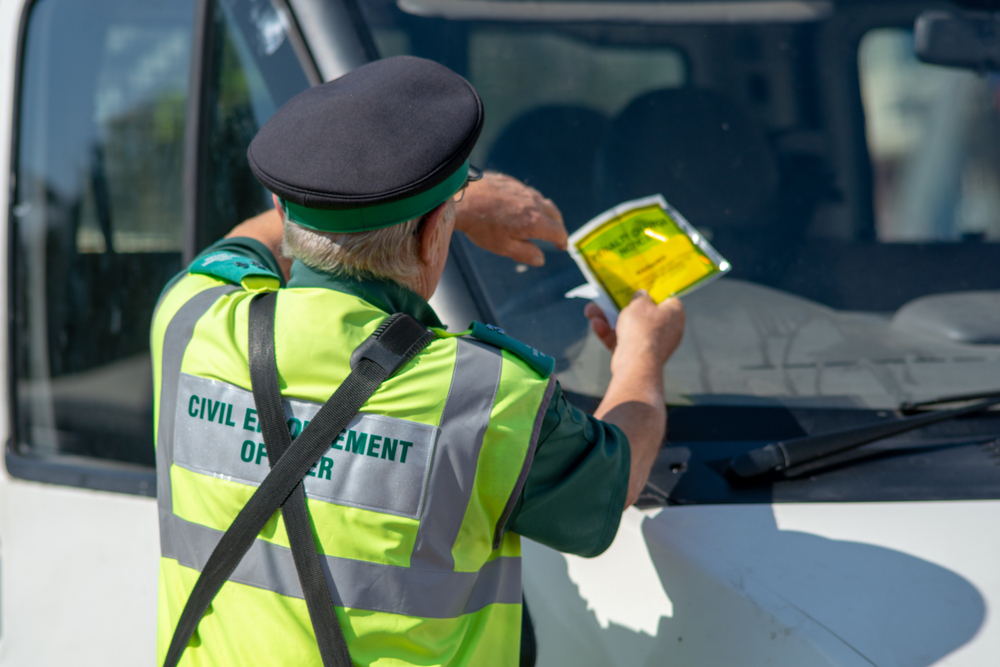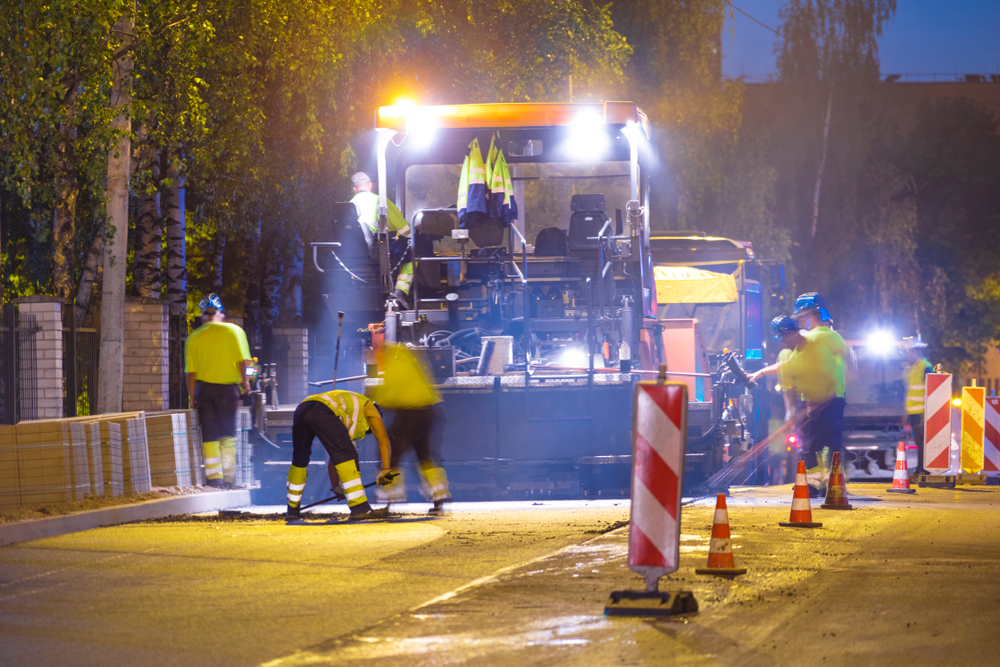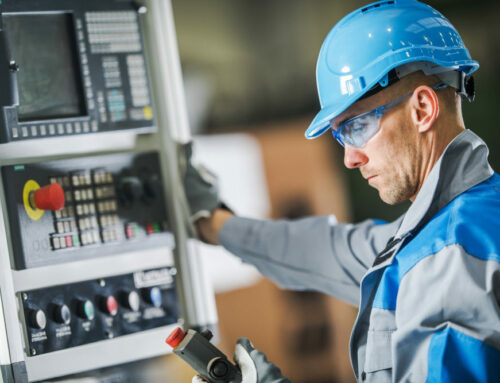
As we all know, anyone who works near heavy machinery or places with traffic can’t step foot on the site without wearing high visibility safety apparel. The need to be seen is critical for worker safety. In order to prevent accidents in these busy job sites, workers have to wear high-visibility garments. However, there isn’t a “one size fits all” approach to this wear. There are different visibility apparels for different types of jobs. This blog will go over the 3 key classes of safety visibility apparel and when to use them.
Industries That Require Safety Visibility Apparel
Safety visibility apparel is required for workers across many different industries, such as:
- Construction workers
- Heavy Industry workers
- Safety wardens (to be easily seen in case of an emergency)
- Senior management visiting potentially dangerous sites such as factories
- Truck drivers
A huge sum of different types of workers require the use of this apparel; however, not all are the same. Different jobs have different working conditions, which requires distinct levels of visibility. To accommodate for these distinct needs, different hi-vis gear is available.
High Visibility Safety Apparel Lighting Conditions
To provide better visibility in the day time, high visibility safety apparel (HVSA) relies on the use of fluorescent colors to reflect UV-rays for the sun. It helps magnify visibility while on the job. However, fluorescent colors are as effective in low-light conditions. This is where retroreflective materials take place. Retroreflective materials reflect the light from artificial light sources such as vehicle headlights and flashlights. HVSA combines the best of both worlds by using both fluorescent and retroreflective properties to provide visibility in both the day and the night.
Three Classes of Safety Visibility Apparel
There are three classes of safety visibility apparel designated for different working purposes. A parallel classification also designates the clothing’s work purpose:
- Type O: Off-road
- Type R: Roadway or temporary traffic
- Type P: Public safety activities
Class 1
Class 1 offers the lowest recognized coverage and visibility from all three classes. This type is meant for lower-risk environments. A low-risk workplace might require Class 1 depending on circumstances, such as the proximity to traffic, weather conditions, the amount of lighting, and the potential for distraction. Example of workers that require Class 1 apparel includes:
- Shopping cart collector
- Vehicle director to parking or service locations
- Warehouse operators
Class 2
Class 2 offers moderate body coverage and excellent visibility. They consist of fluorescent colors (orange, yellow, or green), bib overalls, and the incorporation of retro-reflective bands. Jobs that consist of moderate risk are required to use Class 2 or sometimes Class three, depending on the conditions and circumstances. Examples of work that require Class 2 apparel includes:
- Law enforcement
- Roadway construction
- Railway works
- Forestry
- Parking attendants and toll gate workers
- School crossing guards
- Airport baggage handling and ground crews
- Accident site investigation
- Emergency response

Class 3
Class 3 provides the best visibility and body coverage out of all classes. They provide great visibility for especially dark conditions and farther distances. High-risk workers might use Class 2 during the day, but will surely use Class 3 during the night or during low-light conditions. This class is worn where machinery or moving vehicles are in a close range. Types of jobs that are included in this category include:
- Roadway construction
- Emergency response
- Utilities
- Survey crews
- Road Assistance
- Towing operations
- Flagging crews

High visibility safety apparel is essential for workers working in risky areas. Different workers require different levels of visibility. When selecting the appropriate apparel, take into consideration the conditions and potential situations. We hope this blog helped you understand the 3 key classes of safety visibility apparel and when to use them. If you’re in need of high visibility safety apparel, check out our safety equipment store by visiting our website, or calling 310-856-0166.

















